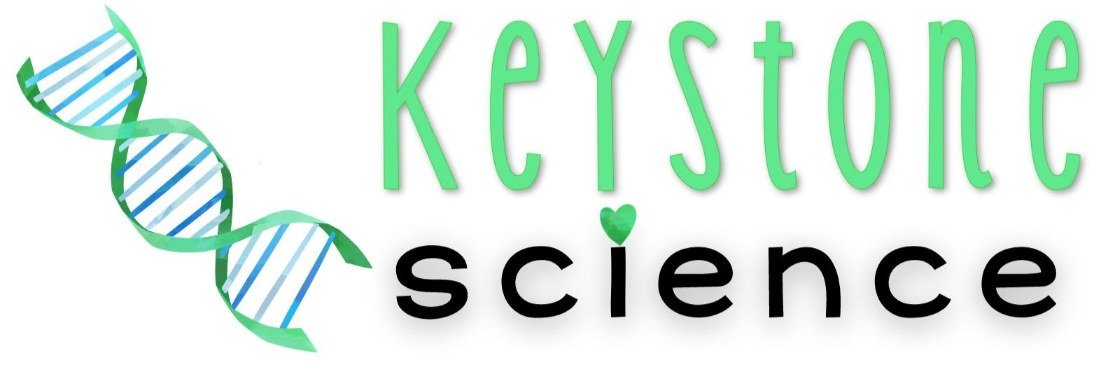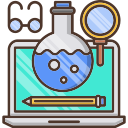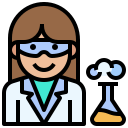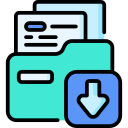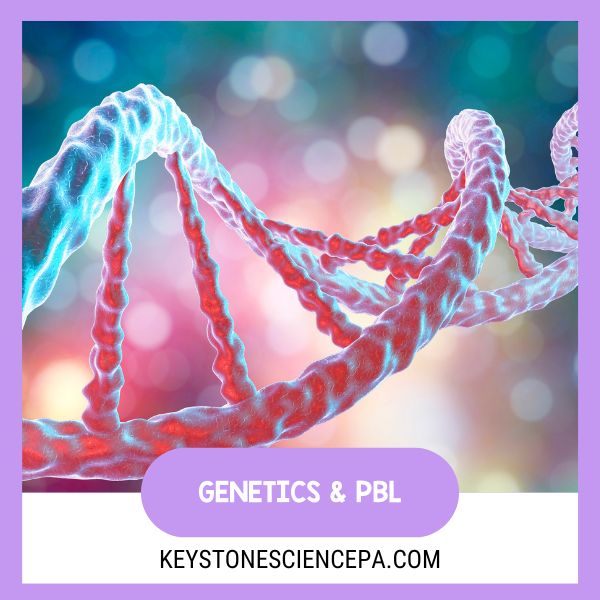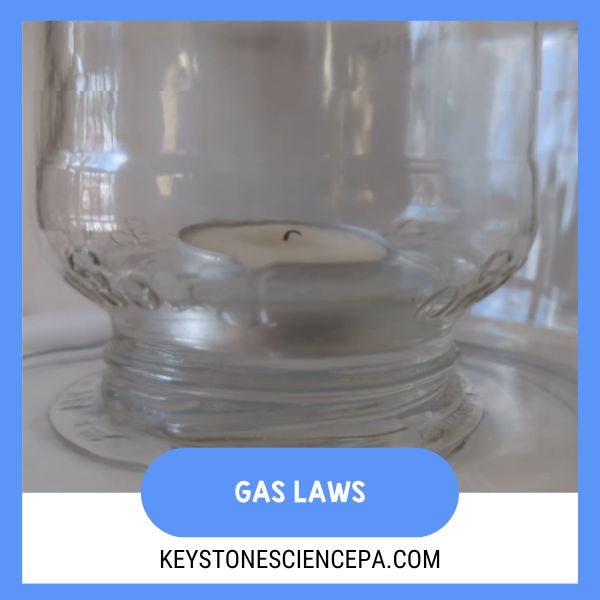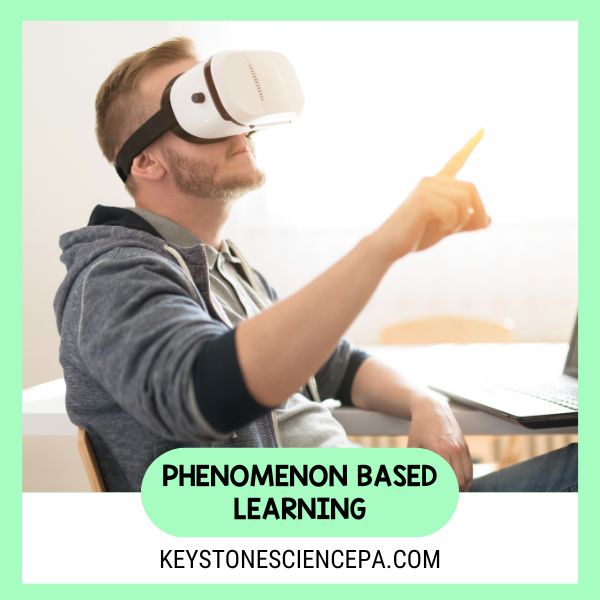Hi there fellow science teachers! Now that we’re completely back in the swing of things, you might be experiencing the draining task of not just getting back into the groove of teaching, but also having to get your students back into their role.
Whether the cause of poor student collaboration is from a holiday or the school break, it can be an endless cycle of thinking “How can I get my students excited to learn about X, Y & Z!?”
Well, the secret to you not having to always come up with engaging lessons is to make your students engage with the lesson! Yes! You’ve done the leg work of planning days or likely weeks in advance, designing the lesson plan and ensuring it is aligned with the elements of NGSS. It’s important to take the time and allow students to curiously navigate their way through the activity while you act as a guide and simply offer clarification when they need it.
Here we will address the difficult scenario of student apathy, lack of engagement in a class and why using Problem-Based Learning (PBL) and 3D Learning can be the fix you’ve been looking for.
We will also explore how project-based learning aligns with the 3D learning approach and to top it off, I will model this method using genetics and bioethical topics so that you can take this strategy and apply it to your next lesson.
Understanding Project-Based Learning
Project-Based Learning (PBL) is described as a teaching method where students learn by being actively engaged in real-world projects where there are personal and meaningful connections. The reason for PBL being so effective is that teachers can actually make learning come to life.
Depending on the project, the work can be done over an extended period of time. That’s what is so great about this design, you decide based on the nature of your class. Map out your curriculum and decide if you want to dedicate a week, 1 month or a semester?
PBL Works does an excellent job at highlighting the positive impact that long-term student engagement has on critical thinking, collaboration, problem-solving and creativity in addressing real-world issues. Your students will have the chance to demonstrate their knowledge and the objective is to create a space where they can showcase their skills by designing a product or presenting a solution to a particular issue.
The impact of using the PBL approach is amazing simply due to the fact that it focuses on creating more of an education experience instead of the traditional lecture, lab and assessment method that is much less personal. There is no denying that students need to feel connected to a lesson in order for it to grab their attention and make an impression.
While this is likely the approach that we grew up with, it’s important to remember that times have changed, technology has changed, science and engineering has changed. It only makes sense that we teach to the world our students are living in rather than the world we grew up in.
Alignment between Project-Based Learning and NGSS
Before diving in more to PBL, I want to remind you of the 3 dimensions of NGSS and how the two are aligned. NGSS is the revolutionized approach to scientific learning while highlighting 3 specific dimensions of the learning process:
- Disciplinary Core Ideas (DCI’s) are the building blocks that not only lay the foundation for the science disciplines but also help create those awesome “ah ha” 💡moments! Essentially, DCI’s are there to show how and why each of the 4 science disciplines weave into each other.
- Science and Engineering Practices (SEP’s) are a set of 8 actual practices used by scientists and engineers. Finally, a way for students to not just “act” like a scientist, but actually practice the process from inquiry to discovery.
- Crosscutting Concepts (CCC’s) are a set of 7 concepts that are used to help to connect one disciplinary science to another. For example, let’s say that you wanted to practice the CCC: Cause and Effect for the unit Genetics when discussing DNA and factors that can have an effect on DNA. Well, your students would likely need to use their prior knowledge to develop a plausible explanation for the cause and effect scenario you’re presenting to them.
While this is just a general overview, you can find the specifics of each dimension in Everything You Need To Know About NGSS where each is broken down and shown why if you haven’t started implementing 3D learning in your classroom, you need to start! Don’t worry, there are plenty of tips and tricks in there too 😉

Ok, we’ve refreshed on what the 3 dimensions are, but how does PBL align with each of the dimensions to help foster a comprehensive understanding of science and more specifically, how it’s applicable to NGSS?
Just as NGSS highlights the importance of 3D Learning, PBL Works places emphasis on 7 PBL Practices:
1️⃣Design & Plan
2️⃣Align to Standards
3️⃣Build the Culture
4️⃣Manage the Activities
5️⃣Scaffold Student Learning
6️⃣Assess Student Learning
7️⃣Engage & Coach
Well, DCI’s focus is on key concepts and theories of science and this fits directly into the PBL Practice: Align to Standards. When building your project-based lesson, you will create the project while making sure it addresses key knowledge from the specific topic.
Then, SEP’s focused on practicing skills that scientists and engineers use to explore and explain the natural world. This helps in making practices like data analysis and developing scientific explanations less intimidating and creates more of a… “Let’s see if I’m right” type of attitude. This is aligned with the PBL Practice: Scaffold Student Learning where you will want to focus on including a variety of tools and strategies to support all students in reaching the goal of the project.
Last, CCC’s are universal themes that connect (or link) various scientific disciplines, allowing students to view science as an interconnected web of knowledge. The two aligning PBL Practices are Scaffold Student Learning & Engage and Coach.
The greatest reason that PBL is such an effective element to add in your curriculum is that students are able to practice higher level thinking. Plus, if there’s one thing that NGSS has shown, is that making a real-world or personal connection is key to making a lesson stick!
Implementing Project-Based Learning in the High School Science Classroom
If you haven’t practiced PBL in your classroom yet, I don’t want you to think of it as having to learn an entirely new approach to teaching, but instead just implementing a small handful of specific practices to your already made lesson or activity.
Don’t forget that to maintain the effectiveness of PBL, you must always remind yourself that this is student-centered learning!
That’s right, you will need to fight the urge to walk your students through and instead, just create clear guidelines to help your students collect information on their own and eventually present their findings or solution.
Let’s break down the “How?” of implementing PBL in your classroom 👇
1️⃣Presenting the topic or the real-world problem: This is where you will have the most flexibility; will you have students select their own topic which they already have an interest in or have a set list of topics to choose from.
2️⃣Partnership and brainstorming: PBL can be a new experience for many, so I recommend allowing your students to work with a partner. This can help them share what they already know and use these discussions to brainstorm possible solutions and where to start researching.
3️⃣Rubric and independent learning: Before your students start randomly researching topics, this is the time to present to them the purpose of the science research project, what needs to be presented and what their solution should include AKA a PBL rubric. The rubric is essential to helping your students navigate through the student-centered learning process and providing expectations of their final product or presentation!
If you’re anything like me, I would dread creating a rubric with clear enough objectives, expectations and creating a grading system that felt fair to the amount of work my students would put into the project.
Luckily, that won’t be a problem for you…you’ll want to keep reading😏
One of the steps to implementing PBL into your classroom that I did not mention was the step of making sure that your PBL activity or assignment is aligned with NGSS.
To be completely honest with you, this can be the most tedious part as you know of any lesson! Developing a curriculum that is engaging and has enough rigor that it will challenge those higher-level thinkers, but also on-level enough to not create frustration with others.
Ok, here is exactly why I asked you to keep reading! I’ve laid out a complete PBL activity, fully aligned to NGSS, with a rubric and ready to go. This is a great place to start, especially if you are a teacher who is loving all the things that PBL can do for student learning but feels a little intimidated by not knowing where to start. Start here 👏
Introducing the Bioethics Debate Product
The Bioethics Debate will allow your students to choose a side from an extensive list of bioethical topics and work with a partner to research and present both sides of the ethical problem.

Of course, I’m going to include more than just a list of topics. Here’s what is all included:
Teacher Notes with Lesson Plan, Bioethics Debate handout, Debate outline, Debate organizer, Rubric and Requirements, Debate Observation Sheet
If you’re worried about one student getting stuck with doing all of the work, no worries! Each partner is responsible for presenting their argument in a debate-style presentation with their partner.
Hello engagement and SEP’s!
The Bioethics PBL consists of specific requirements, structure within expectations and there is also a role for the audience. During the presentation, the students observing will complete a debate observation sheet for two of the debates and audience participation is part of the rubric.
That’s right, presenters and audience are all taken care of. So, for the same amount that you could spend on a coffee and cake pop, the Bioethics Debate Lesson is well worth the energy and time you will save too!
What I love about the Genetics and Bioethics unit is that there are always great conversations, real-world applications and classroom engagement that can come from this. The Bioethics Debate will take those elements that we crave for as teachers and you will see that this specific PBL will naturally promote student-led exploration, critical thinking and highlight their communication skills.
If your high school students are anything like mine, you will see the provided Bioethics Debate topics will take them down a rabbit hole and they will actually come to you with facts or new findings that they have discovered on their own, through their own research. And they’ll be EXCITED about it!
Conclusion
FINALLY! The question that high school teachers are always asking: “How can I create engaging activities that my students will learn from?” PBL is the answer, because this approach checks all the boxes:
✅Inquiry driven
✅Student-centered learning
✅Great content retention
Whether you are in your first year teaching secondary science or an experienced science teacher with years under their belt, we know that education is always evolving and that means our methodologies need to evolve as well.
Incorporating project-based learning with the Bioethics Debate lesson is an excellent way to see what it’s all about and really see for yourself how much of a difference it can make in your own classroom!
If you’re looking for other project-based learning lessons, you can also check out these ecology projects: the Vanishing of the Bees Socratic Seminar or the Native Plant Pollinator Garden plan project.
Is adjusting to a new method of teaching uncomfortable? Yes.
But, it’s not as uncomfortable as teaching to a room full of silenced high school students hoping that someone will raise their hand and create a domino effect of discussions.
💡For more information on NGSS, visit https://www.nextgenscience.org
💡As a quick refresher on 3D learning and steps on how to apply NGSS, visit the Keystone Science Blog at https://keystonesciencepa.com/blogs/teachertips
💡Feel free to explore Keystone Science for ready-to-use NGSS aligned notes and activities.
💡Subscribe to my email list for weekly tips direct to your inbox.
💡Follow me on Instagram for daily tips, motivation, and facts you can use in your classroom!
I would love to hear your feedback, questions and success stories of how these PBL’s have fueled your lessons!
Share in the comments or email me directly 👉🏻 [email protected]
